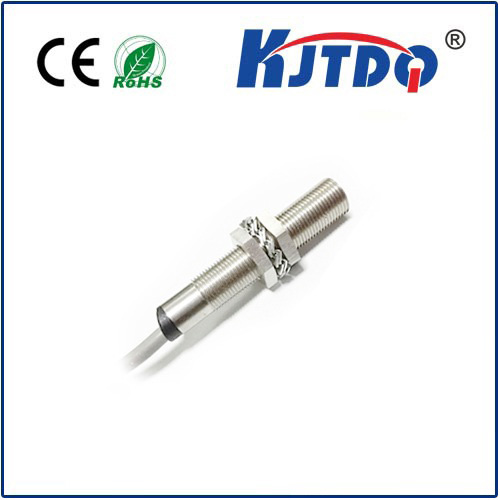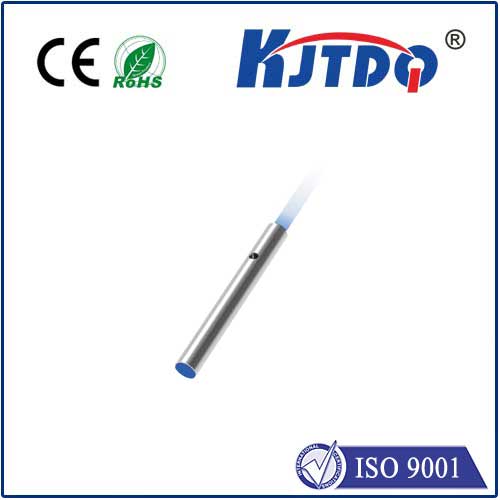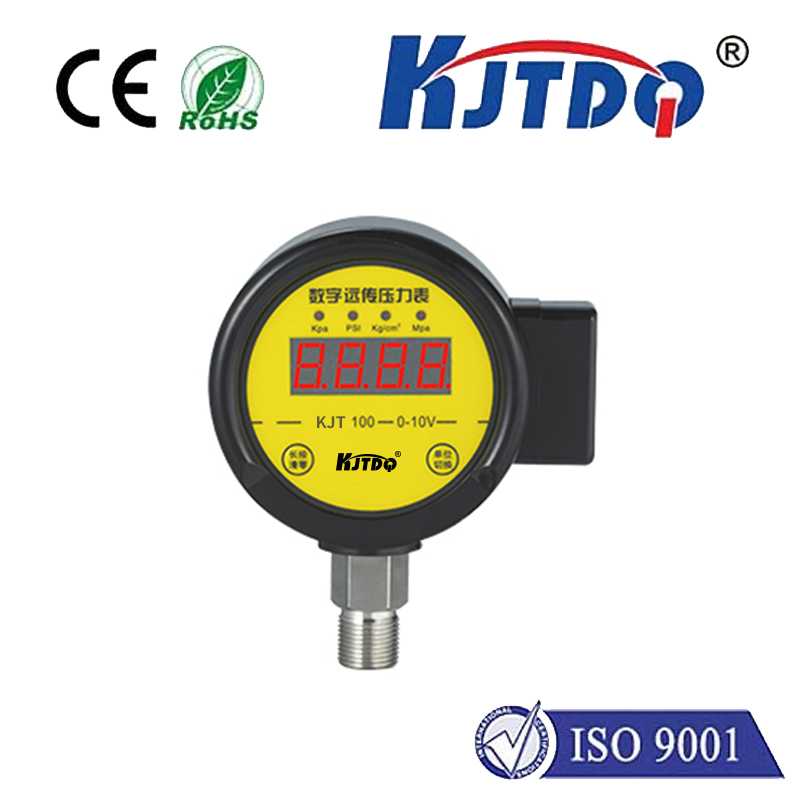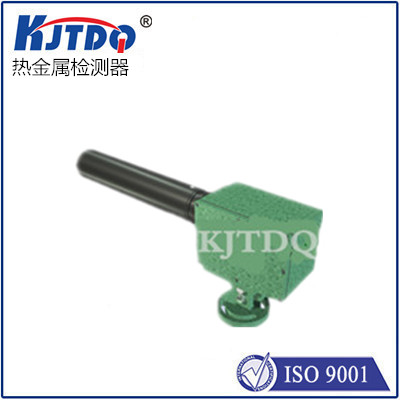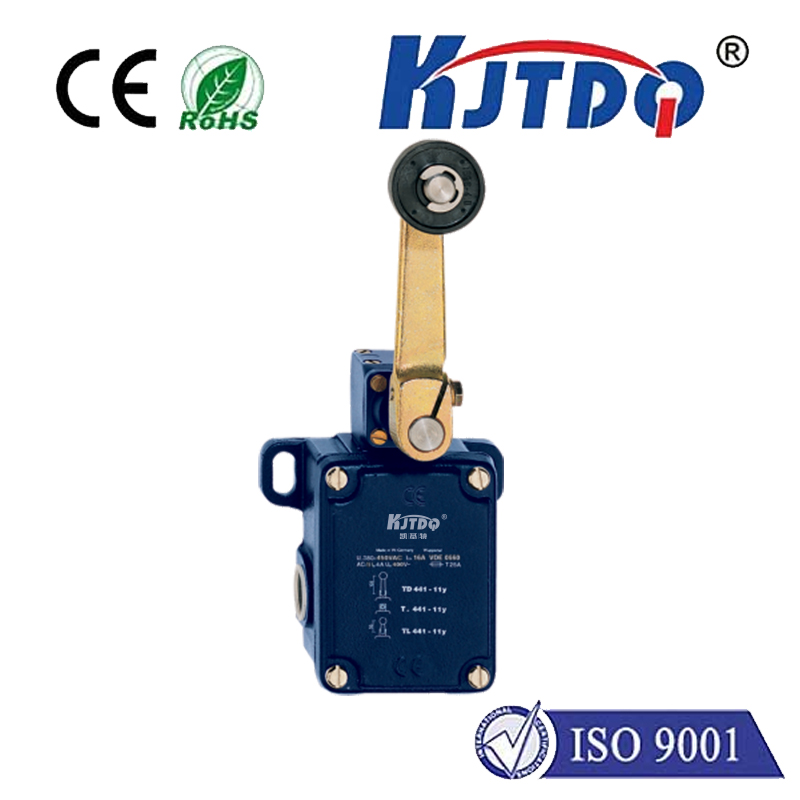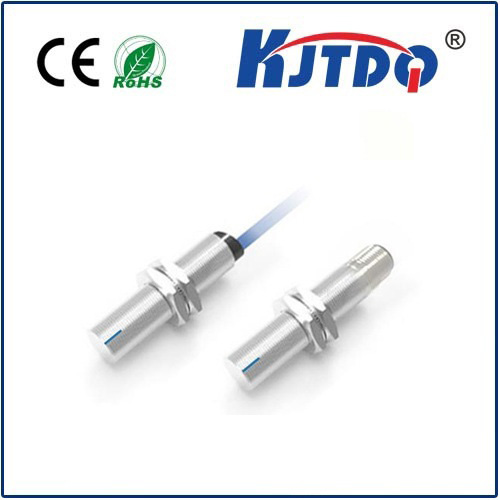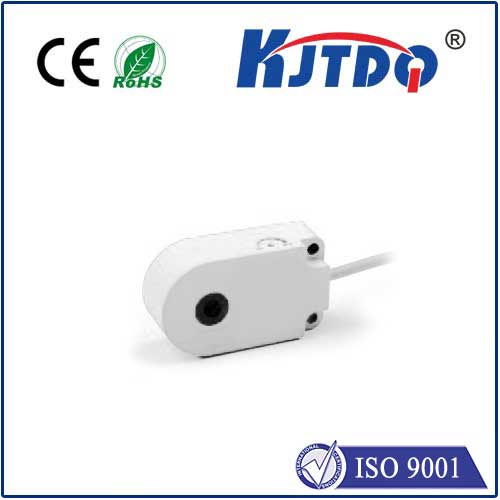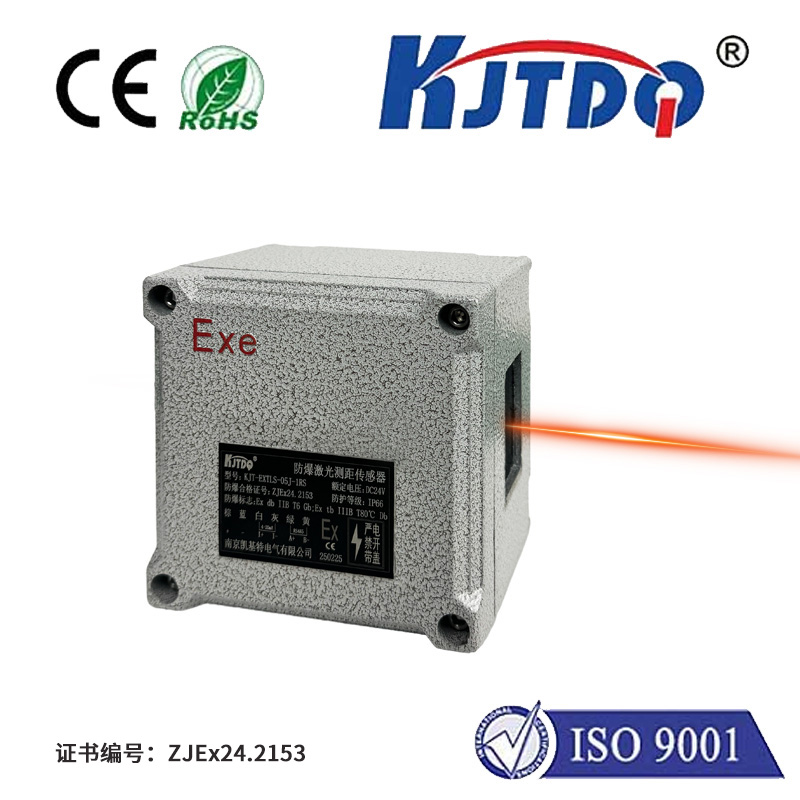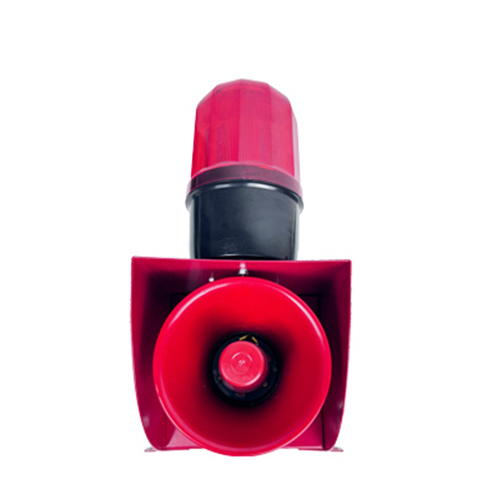BES0569 high pressure proximity sensor
- time:2025-10-01 07:10:03
- Click:0
BES0569 High Pressure Proximity Sensor: Precision Sensing in Demanding Industrial Environments
Imagine the immense forces within a hydraulic press shaping metal, the pulsating pressure in a deep-sea drilling rig, or the critical fluid circuits controlling a massive injection moulding machine. In these environments, traditional sensors falter. Monitoring equipment status, detecting component presence, or ensuring safety under extreme pressure demands a specialized solution. Enter the BES0569 High Pressure Proximity Sensor – engineered resilience meeting uncompromised accuracy where pressure isn’t just a factor; it’s the defining challenge.
Understanding the Core Challenge: Why High Pressure Matters
Standard inductive proximity sensors excel in countless applications detecting metal presence without physical contact. However, their Achilles’ heel often lies in extreme pressure environments. Excessive static or dynamic pressure can:
- Deform Sensor Housings: Compromising internal components and sealing integrity.
- Damage Sensitive Electronics: Leading to signal drift or catastrophic failure.
- Cause Seal Failure: Allowing pressurised media (oil, water, gas) to ingress, short-circuiting electronics.
- Induce False Signals: Pressure fluctuations might mimic target detection or cause signal loss.
Industries like oil & gas, heavy machinery manufacturing, hydraulic power units, plastic injection moulding, and high-pressure testing rely on knowing equipment status accurately, despite these punishing conditions. Failure isn’t an option – it leads to costly downtime, potential safety hazards, and compromised product quality. This is the critical gap the BES0569 is designed to bridge.

The BES0569: Engineered for Pressure Resilience
The designation “BES0569” represents more than just a model number; it signifies a sensor built to a specific, demanding standard for high-pressure operation. While exact specifications vary by manufacturer (it’s crucial to consult the specific datasheet), sensors carrying this designation typically embody these core high-pressure features:
- Robust, Pressure-Rated Housing: Constructed from high-grade stainless steel (e.g., 303, 304, 316L) capable of withstanding extreme static pressures, often rated in hundreds or even thousands of bar (psi). This housing is designed to resist permanent deformation under load.
- Advanced Sealing Technology: Utilizing specialized seals (like high-durometer O-rings or advanced polymer seals) and meticulously engineered sealing geometries capable of maintaining integrity against aggressive fluids and immense pressures. Hermetic sealing is often a key feature.
- Internal Component Reinforcement: Components within the sensing head and electronics compartment are often potted or specially secured to withstand shock and vibration inherent in high-pressure systems, preventing internal movement or damage.
- Temperature Tolerance: High-pressure environments frequently accompany extreme temperatures. The BES0569 is designed to maintain stable operation across a wide industrial temperature range.
Unleashing Potential: Key Applications
The BES0569 High Pressure Proximity Sensor finds its critical role wherever pressure and reliable non-contact detection intersect:
- Hydraulic Systems: Monitoring piston position within hydraulic cylinders (end-of-stroke detection), verifying valve spool position, detecting component presence (like rods or blocks) inside pressurized manifolds or power units. Ensuring cylinder sequencing and preventing over-travel is vital.
- Pneumatic Systems (High-Pressure): Position sensing in high-pressure air compressors or pneumatic actuators operating under unusually high loads.
- Plastic Injection Moulding: Detecting mold closure under immense clamping force, verifying ejector pin position, or monitoring core pulls within the high-pressure injection environment.
- Oil & Gas Exploration/Production: Downhole tool positioning (within pressure limitations), surface equipment monitoring on wellheads, Christmas trees, or within high-pressure processing skids.
- Die Casting Machines: Position feedback on moving platens and components subject to extreme clamping pressures.
- Pressure Vessels & Test Rigs: Monitoring safety-critical components or test specimen position within chambers subjected to intense pressure during testing or operation.
- Valve Position Feedback: Providing reliable open/closed status for critical valves in high-pressure lines.
Beyond Pressure: The Enduring Benefits of Inductive Sensing
While its pressure resilience defines the BES0569, it inherits the fundamental strengths of inductive proximity sensors:
- Non-Contact Operation: Eliminates mechanical wear and tear, ensuring long service life. The sensor never touches the target.
- High Switching Frequency: Capable of detecting very fast-moving targets within its sensing range.
- Resistance to Contaminants: Immune to dust, dirt, oil, water (provided seals are intact), making it suitable for harsh industrial environments beyond just pressure.
- Solid-State Reliability: No moving parts translates to high dependability and minimal maintenance needs.
- Variety of Outputs: Available typically in PNP, NPN, NO, or NC configurations to integrate seamlessly into diverse control systems.
Choosing and Implementing the BES0569: Critical Considerations
Integrating a high-pressure proximity sensor like the BES0569 successfully requires attention to detail:
- Verify Pressure Rating: This is paramount. Ensure the sensor’s rated pressure significantly exceeds the maximum operating pressure (including potential pressure spikes) in your application. Never operate near the absolute maximum rating.
- Chemical Compatibility: Confirm the housing material (stainless steel grade) and seal material are compatible with the process media (oil, coolant, gas, chemicals) they will encounter.
- Temperature Range: Ensure both ambient and process-induced temperatures fall within the sensor’s specified operating range.
- Sensing Distance: Account for the reduction in nominal sensing distance (Sn) that typically occurs when the sensor is installed behind thick metal walls or within pressure housings (refer to derating curves in the datasheet).
- Target Material & Size: Standard inductive sensors require ferrous (iron-based) targets. Ensure the target is large enough and moves within the effective sensing range. Non-ferrous targets require specialist capacitive or ultrasonic sensors.
- Mounting: Precise mounting as per specifications is crucial. Ensure the mounting surface is clean, flat, and offers adequate support. Use recommended torque values for mounting threads to avoid damaging the housing or seals.
- Electrical Protection: Incorporate appropriate overload and surge protection in the power supply lines to safeguard the sensor electronics.
The Future of High-Pressure Sensing: Precision Endures
As industrial processes push the boundaries of efficiency and power, the demand for reliable sensing in extreme environments only intensifies. Sensors like the BES0569 High Pressure Proximity Sensor represent the cutting edge of ruggedized industrial automation. They provide the essential digital vigilance needed to ensure safety, optimize performance, and guarantee quality within the high-stakes world of pressurized systems. By mastering the challenges of immense force, they enable smarter control, predictive maintenance insights, and ultimately, more resilient operations.






